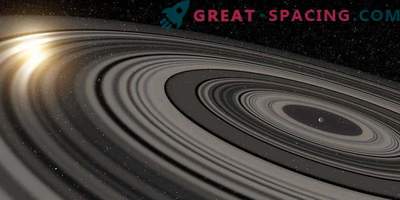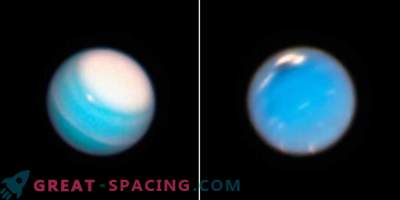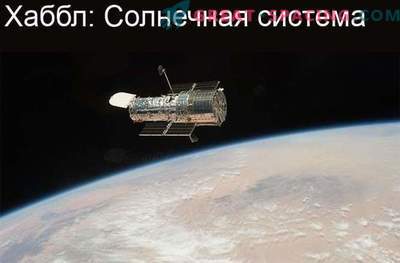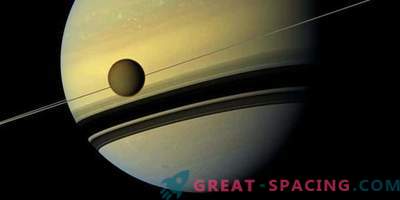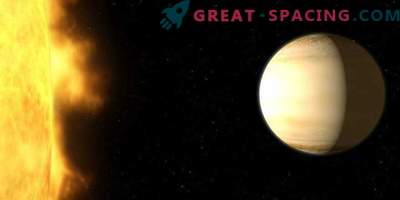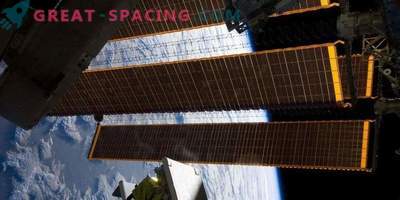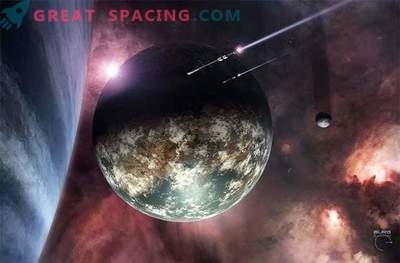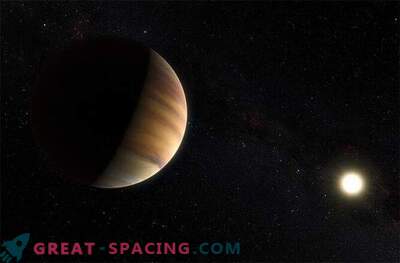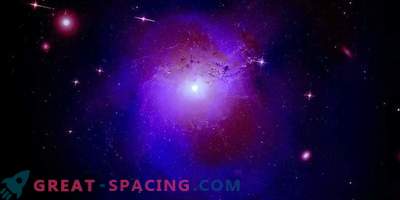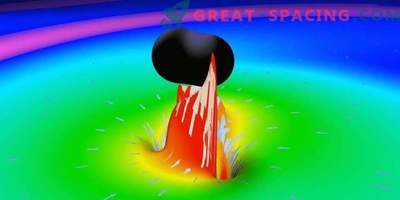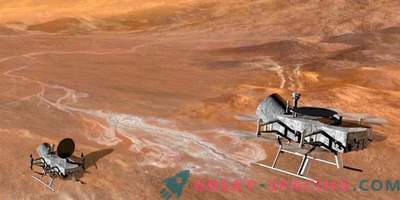
In the summer of 2018, Mars and Saturn entered into opposition with the Earth. During this period, they are located relatively close to us, presenting an opportunity for detailed observations. The Hubble Space Telescope took the chance and displayed both planets.
Since the launch, Hubble has always concentrated on studying not only distant space objects, but also planets in the solar system. Images of our planetary neighbors can only surpass images from vehicles that have visited these bodies. But the Hubble telescope has one advantage over space probes: it is able to periodically examine these objects and observe them for much longer periods.

Recent observations of Mars and Saturn were made using the Hubble Space Telescope. The survey was completed in June and July 2018, showing the planets near their opposition
In recent months, Saturn and Mars joined the opposition on Earth on June 27 and July 27. Opposition arises when the Sun, the Earth and the outer planet line up where our planet is located between the star and the second body. During this period, the planet is fully illuminated by the Sun, allowing you to explore all the details of the surface.
A month before the opposition of Saturn (June 6), Hubble was used to observe the ringed planet. At this time, Saturn was located at a distance of 1.4 billion km from us. The resulting images demonstrate a delightful ring system near its maximum inclination to the Earth. Gas giants are not shy about flaunting rings, but at Saturn, they look the most impressive and extend to the distance of 8 radii of the planet itself.
Along with the beautiful view of the ring system, the new images reflect the hexagonal pattern around the north pole - a stable wind formation captured in 1981 by Voyager-1. South of the clouds are visible the remains of an ebbing storm. Hubble also managed to capture the image of six moons of Saturn: Dion, Enceladus, Tethys, Janus, Epimetheus, and Mimas. Scientists believe that about 200 million years ago, the tiny moon broke up and formed a ring system.
July 18, Hubble presented a second portrait of Mars, just 13 days before the planet approached Earth. This year, the Red Planet will approach a distance of 57.6 million km to us, which will be the closest approach in the last 60,000 years. The previous frames showed the surface in detail, but a large-scale sand storm dominates the new image. White polar caps and some pools blurred by dust are still visible.





